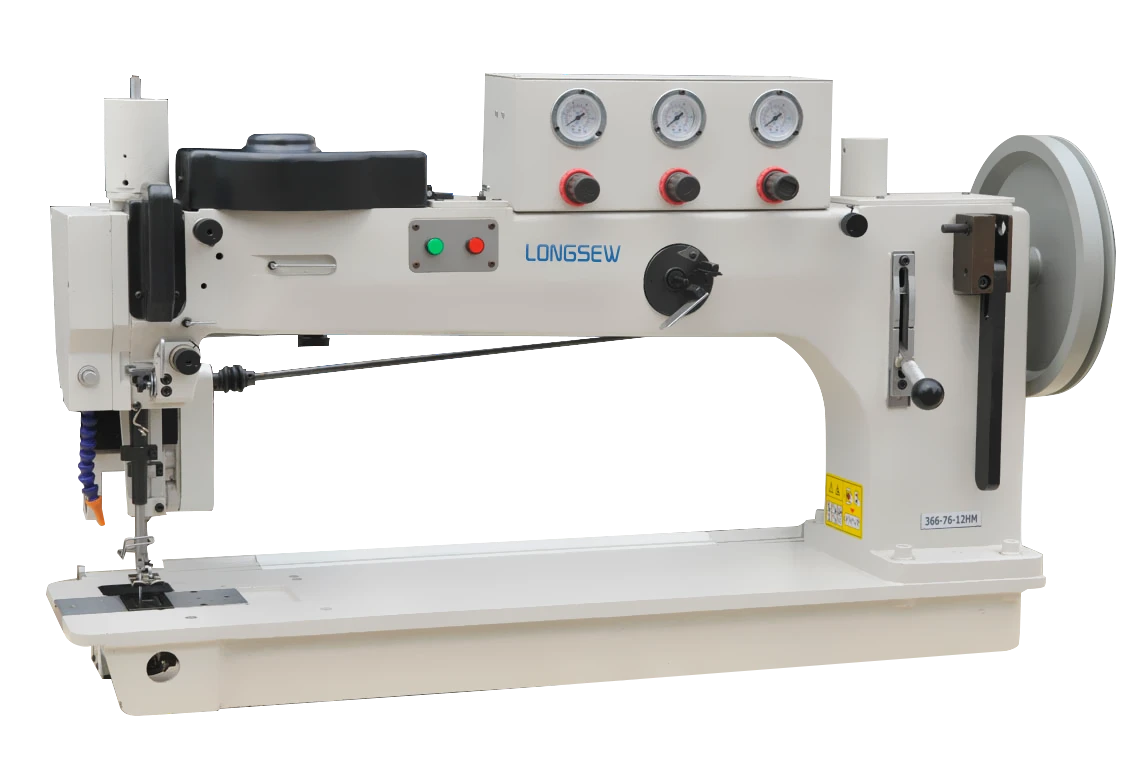jumbo bag auto sewing
The Evolution of Jumbo Bag Auto Sewing Transforming the Packaging Industry
In the fast-paced world of manufacturing and logistics, efficiency and productivity are paramount. One sector that has seen remarkable advancements is the packaging industry, particularly in the realm of jumbo bags, often used for containing bulk materials such as grains, chemicals, and construction materials. As these industries continue to grow, the demand for high-quality, durable, and cost-effective packaging solutions has escalated. Enter the technology of jumbo bag auto sewing, an innovation revolutionizing how these expansive bags are produced and closed.
Understanding Jumbo Bags
Jumbo bags, also known as flexible intermediate bulk containers (FIBCs), are large, flexible bags designed to carry heavy loads. They are typically made from woven polyethylene or polypropylene and can hold anywhere from 500 to 2,000 kilograms of material. Commonly used in various industries, including agriculture, construction, and chemical manufacturing, these bags require reliable sealing methods to ensure the safety and integrity of their contents.
The manual sewing of jumbo bags, while effective, can be labor-intensive and prone to human error. This challenge led to the development of automated sewing solutions specifically designed to meet the unique needs of jumbo bag production.
The Rise of Auto Sewing Technology
Automated sewing technology has emerged as a game changer in the jumbo bag manufacturing process. With the implementation of high-speed sewing machines, manufacturers can significantly enhance their production capacity. These machines offer consistent stitching quality, reducing the likelihood of defects that can lead to material loss or safety hazards. Furthermore, auto sewing machines can operate continuously with minimal supervision, allowing for increased throughput and efficiency.
Incorporating artificial intelligence and machine learning, modern auto sewing machines can be programmed to adapt to various bag sizes and materials. This flexibility enables manufacturers to switch between different products quickly, maintaining versatility in their operations. The integration of sensors and real-time monitoring systems ensures that any anomalies in stitching, such as uneven seams or skipped stitches, can be detected and corrected immediately. This level of precision not only improves product quality but also decreases waste, ultimately contributing to more sustainable manufacturing practices.
Advantages of Jumbo Bag Auto Sewing
jumbo bag auto sewing

The shift towards auto sewing technology for jumbo bags presents numerous benefits. Firstly, the reduction in labor costs is significant. Automated machines require fewer operators, allowing businesses to allocate their workforce more efficiently. Secondly, the increased speed of production means that manufacturers can respond more rapidly to market demands, which is crucial in today’s competitive landscape.
Moreover, the consistency of machine-generated stitches enhances the overall robustness of the bags. High-quality seams decrease the risk of tears and ruptures during handling and transportation, ensuring that the contents remain secure. This is particularly vital for industries dealing with hazardous materials, where the integrity of packaging is critical.
Another important aspect is the adaptability of automated systems. As consumer preferences shift and new materials are introduced to the market, auto sewing technology can evolve in parallel, accommodating these changes without significant disruption to production lines.
Challenges and Future Perspectives
Despite the myriad benefits, the adoption of jumbo bag auto sewing technology is not without its challenges. Initial investment costs can be substantial, and smaller manufacturers may find it difficult to transition from manual to automated systems. Additionally, training staff to operate and maintain sophisticated machinery is essential to harness the technology's full potential.
Looking ahead, the future of jumbo bag auto sewing appears promising. As innovations continue to emerge—such as advancements in robotics and material sciences—manufacturers will have more opportunities to refine their processes. The quest for sustainability will likely drive further developments in eco-friendly materials and energy-efficient machinery, contributing to a greener packaging industry.
Conclusion
In conclusion, jumbo bag auto sewing represents a significant advancement in the packaging sector, offering unprecedented efficiency, quality, and sustainability. As the industry continues to innovate and evolve, manufacturers who embrace these technologies will not only enhance their operational capabilities but also position themselves as leaders in a rapidly changing marketplace. The journey of transforming jumbo bag production is just beginning, and the possibilities are endless.
-
Heavy Duty Leather Sewing Machine: A Must-Have for Professional LeatherworkNewsMay.28,2025
-
Leather Sewing Machine: Essential for High-Quality LeathercraftNewsMay.28,2025
-
Extra Heavy Duty Sewing Machine for Premium Leather ApplicationsNewsMay.28,2025
-
Walking Foot Cylinder Arm Sewing Machine: Precision and Power CombinedNewsMay.28,2025
-
Industrial Cylinder Arm Sewing Machine: Engineered for High-Performance StitchingNewsMay.28,2025
-
Cylinder Bed Sewing Machine: A Powerful Solution for Precision StitchingNewsMay.28,2025
-
Zigzag Sewing MachineNewsMay.12,2025





























